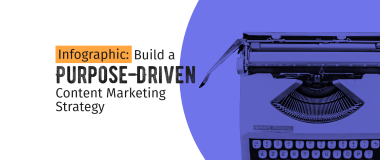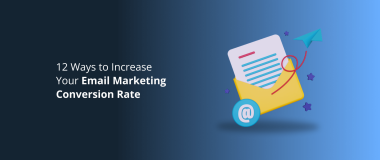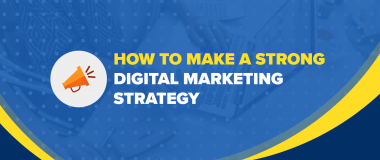Email marketing is more than a process of sending emails to your customers and leads. It’s an essential part of any strategy that has the power to convert prospects into clients, increase brand recognition and strengthen customer loyalty. With an email marketing strategy in place, you easily promote products and services, inform subscribers about news, upcoming promotions, and special offers.
According to Statista, the number of email users amounts to 4.14 billion in 2021 and is expected to grow to 4.48 billion by 2024. So there seems to be no sign of slowing down when it comes to email registration.
This report also states that for every dollar that you spend on email marketing, you can expect an ROI of about $42. Email marketing simply converts better compared to other channels, plus, it’s a cost-effective way to market your products and services.
Here are other email marketing statistics to help you see how effective this strategy is:
- A 2019 Statista report shows that a total of 90.3% of the US population used email as a form of communication.
- According to Optinmonster, 99% of email users check their inboxes on a daily basis.
Campaign Monitor reports that 40% of younger people (those around 18 years old) usually open their email on their mobile phones. - SaleCycle states that 59% of respondents claim that marketing emails can directly influence their purchasing decisions.
- Campaign Monitor suggests that emails that have personalized subject lines are likely to get a 26% boost in open rates.
- According to Constant Contact, 50% of receivers are likely to click on a link within the email if they are properly segmented.
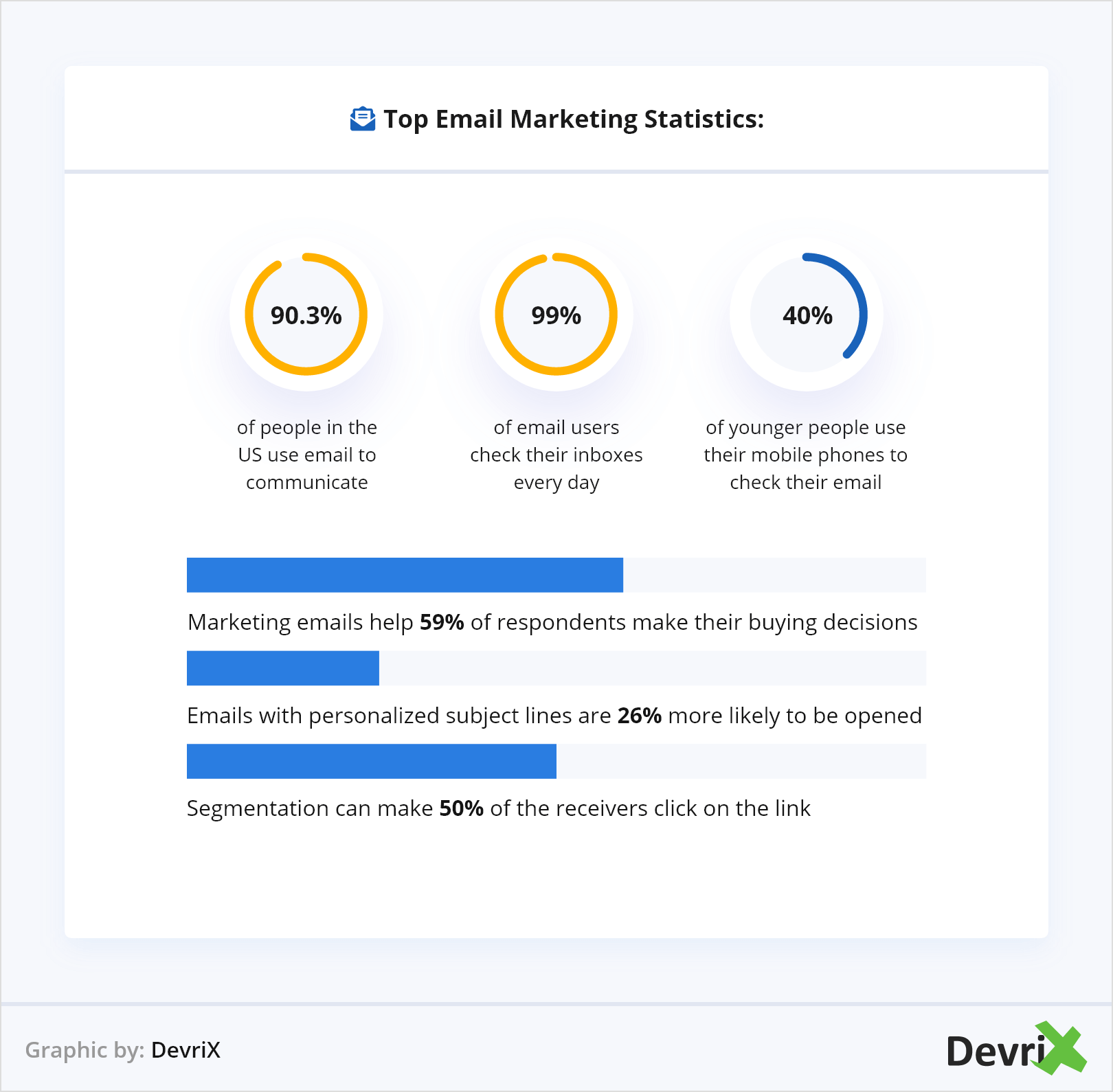
However, when it comes to crafting the perfect email marketing campaign, there are some important things to keep in mind, so you don’t miss out on the chance to convert those precious leads.
In this article, we will go through some common mistakes to avoid when planning your email marketing strategy.
1. Failing to Make the Most Out of Customer Segmentation
Customer segmentation can be applied to almost any part of your marketing plan, including email marketing. Sending generalized emails and newsletters to your subscribers is not a good idea.
Make it a point to segment your customers based on their demographics, interests, interactions, and engagement. Start with grouping them based on their age and gender, and then eventually, you can go deeper by applying behavioral segmentation based on accumulated data. This refers to your client’s interests, hobbies, shopping behavior, and past activities.
Segmenting your email list is known to decrease your unsubscribe rates, increase your open rates, and improve your click-through rates. Once you are done segmenting your subscribers, you can now set up autoresponders to send consistent and regular emails to each list. Make sure to create different subject lines and content for each segment to encourage your readers to open their email.

2. Personalize Your Emails
Personalization is one of the most important factors to consider when planning your email marketing strategy. Now that you have segmented your email list, it’s time to curate personalized emails.
First, address your customers using their first name. This will make them feel as if you’ve sent the email only to them, which will make them feel closer to the brand.
Second, make sure the content is relevant to your audience’s demographics. This is done to grab their attention, make them click on the email, and read the entirety of it.
Third, it has to be timely. Your client has different needs during different stages of their journey with you, and you have to be aware of this. Track their website behavior, use third-party apps and integrations, and utilize email subscription forms to get a feel of what they need. This can help you decide the content that you should be putting out.
3. Not Including a CTA in Your Emails
One of your main goals when sending out emails should be to increase your conversions. However, without a call-to-action, people will find it difficult to contact you. Most of them, in fact, won’t go out of their way, which is why you should always add a clear CTA to your emails.
Decide what course of action you want your readers to take:
- Are you looking to attract new users, prompt event registrations, or expand your community?
- Do you want to increase your fans on Instagram or boost your Facebook page likes?
- Do you need to drive more website traffic?
- Are you interested in leading them to your landing page?
No matter what your goal conversions are, you should make sure to include buttons and/or links to the pages that you want them to land and take action on.
However, your email should not be overcrowded with too many buttons and/or messages. Overdoing it can cause more harm than good, as it can overwhelm your recipients and distract them from the main target.
Focus on emphasizing one CTA per email. You can save the other ones for future emails, anyway.
4. Skipping the Welcome Email to New Contacts
People love feeling appreciated, and simply thanking them for their interest can be a big deal. They took their time to fill out a form and gave their consent, so you should reach out to them especially given the growing privacy concerns and tighter rules governing them.
Your first email should be one to remember, and welcoming new people into the list will give them a good impression of the brand.
You can also include a short introduction about your business, tell them what you do in a few sentences and add how they can reach you. This will help people get to know your company better and interact with your brand.
Additionally, you can include a gift in your welcome email to make them feel even more special for signing up for your list. It could be a first purchase promo code, discount on a subscription plan, or another offer based on your business.
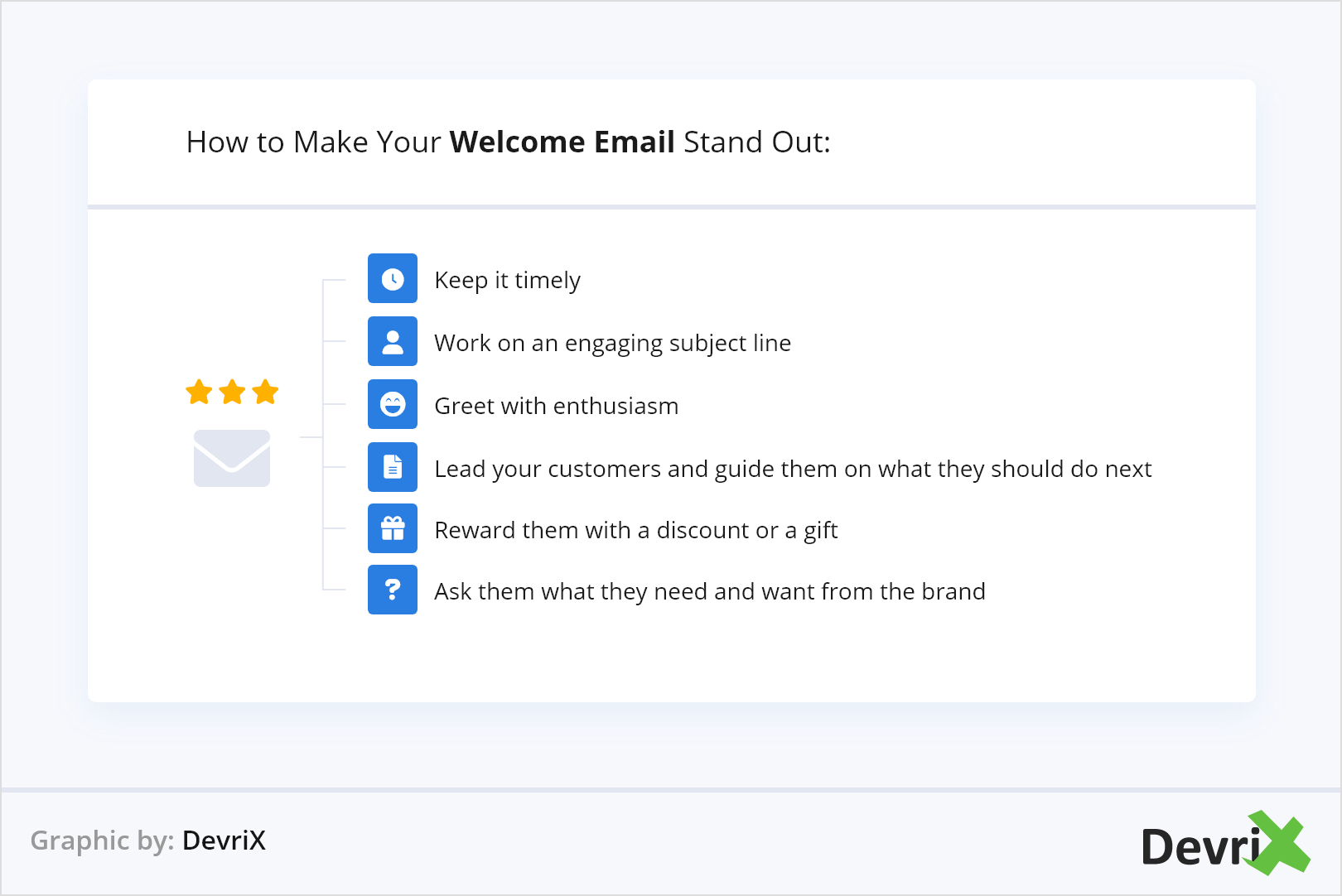
5. Slacking Off on the Subject Line
Everyone receives tons of emails every day. Because of this, you have to make sure that you will capture your reader’s attention through the subject line. This is the first thing that they see, and if it’s not catchy or interesting enough, then chances are they wouldn’t even open the email.
Your subject line should directly co-relate to your email content. Do not clickbait your readers, as they could lose trust in your brand. You should also make sure that the subject wouldn’t get cut off and that it can be viewed completely without opening the email.
Here are a few more pointers to remember when writing an email subject:
- Keep it concise. Use acronyms if the subject seems too long. What’s important is the recipient will see the whole title without it being shortened.
- Use numbers when providing data. People love knowing what to expect, so tease them a little by including numbers in your subject line.
- Include the subscriber’s name. Address the recipient by their first name. This will capture their attention, as they will feel like the email is made specifically for them.
6. Using a No-Reply Email Address
Aside from subject lines, one of the things that people first notice when scrolling through their emails is the sender’s email address. Seeing a “No-Reply” or “DoNotReply” will automatically turn them off, so you should steer clear of using such addresses.
Your open rates and engagements are two of the most important things that you should focus on when it comes to your email marketing strategy. Create a specific email address that your marketing team can use for sending out emails. Make sure that your patrons can reply to these.
7. Focusing on Low-Quality or General Content
As an important part of your email marketing strategy, you should focus on your email content. It should be as interesting and enticing as your subject line. You’d want your audience to keep on opening your emails, and if they find it to be too boring or out of focus, then chances are they would not be inclined to open it the next time. Moreover, if you use a generic template body text, without giving it a personal touch, it may not even get a second look.
Focus on providing quality content rather than sending tons of emails per week. Make sure to keep your content personalized to each customer segment so they are always excited to open emails from your brand. Remember: having fewer people on your subscription list with a high open-rate is better than having tens of thousands of people ignoring your emails.
Avoid coming up with overly pushy sales copy. You can, instead, make your content educational and informative to reel your readers in.
8. Ignoring Spam Filters
Your emails can go straight to the receiver’s spam folder if you are not careful. Filters are regularly updated so receivers aren’t bombarded with emails, thus you can land straight in the Spam box if you do not plan your strategy accordingly.
Here are a few ways to avoid the dreaded spam folder:
- Keep your text and images balanced. Don’t bombard your viewers with images, but you shouldn’t fill your email with just long paragraphs, either. Deliver your message with equal amounts of images and text so your readers wouldn’t be inclined to move your emails to the spam folder.
- Don’t stray away from your niche. These people joined your email list because they find your brand to be something they can relate to. Stay true to your niche and be consistent with your content.
- Your email templates should be properly set up to prevent bots from triggering a spam filter. Poorly formatted templates, risky words, and extra tags can land you in the spam folder.
- Consider running an A/B test on your emails. This can help you improve open rates, as well as prevent your emails from landing in the spam folder.
- Reports and complaints can trigger spam filters, so make sure to only send your emails to your current subscribers. Regularly refresh your subscriber list to prevent accidentally sending emails to people who have unsubscribed or have never even subscribed before.
9. Sending an Email that Sounds Unprofessional
You should always make sure to sound professional in your emails, no matter what industry you are in. The internet is filled with scammers and untrustworthy sites, and people are becoming more and more careful where they click.
Take your time when crafting these emails and treat them just as if you are writing a blog post. Create a solid plan and outline of the email to prevent grammatical mistakes and spelling errors. It should also be properly formatted and aesthetically pleasing to look at. Stock images should also be avoided, instead, have your graphic designer create simple images for these emails.
Conclusion
Email marketing has always been one of the most preferred ways to communicate with customers. It is going to get even bigger in the coming years, and you should always make it a point to outpace your competitors by avoiding the mistakes that we have listed above.
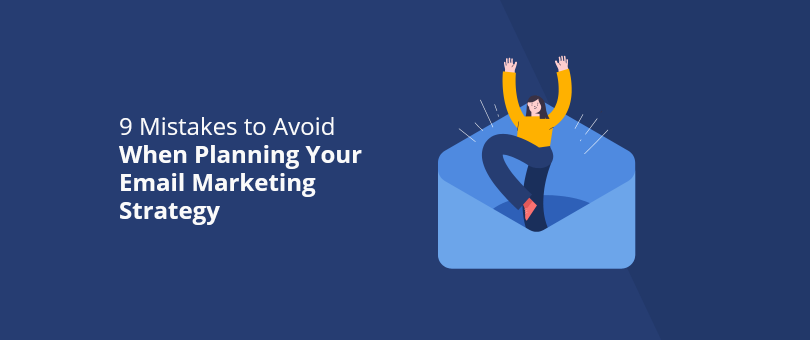
![[Infographic] 24 Fundamental Email Marketing Stats](https://devrix.com/wp-content/uploads/2018/01/Infographic-24-Fundamental-Email-Marketing-Stats-380x160.png)
